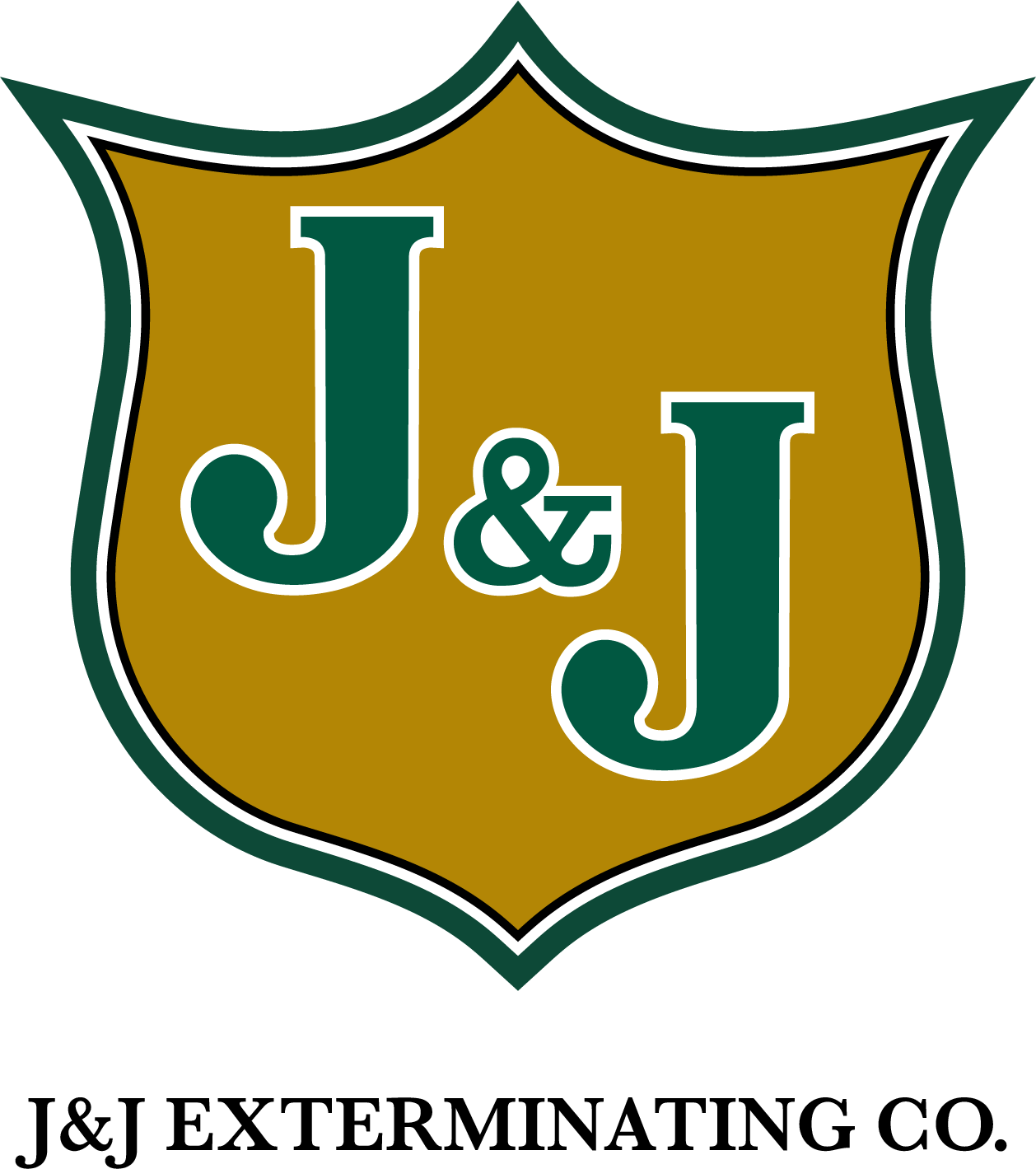Several termite species infest homes throughout Louisiana, but Formosan subterranean termites are the most dreaded termite pests in the state, and for good reason. Formosan termite colonies contain ten times the number of individual termites that inhabit native subterranean termite colonies. Due to their unusually large colony sizes, Formosan termite colonies eat away at structural wood at astonishingly rapid rates when compared to their native counterparts in the US. Also, since Formosan termites do not need to hydrate as often as native subterranean termites, they can travel to higher levels within a home’s timber frame without having to return to the damp ground soil to hydrate. However, native subterranean termites must remain in close proximity to the moist ground soil due to their need for copious amounts of water.
All subterranean termites dwell in soil below the ground surface, and they can only venture above ground by tunneling through wood that makes contact with the soil, or by creating mud tubes that protrude from the soil and lead into indoor structural wood sources. In order for these mud tubes to reach indoor structural wood, the tubes are thin enough to squeeze through tiny foundation cracks. This is why the presence of vertical mud tubes on a home’s foundation indicate that subterranean termites have established an infestation. Most homeowners in Louisiana are aware that mud tubes indicate a subterranean termite infestation, but few know how to discern between mud tubes built by Formosan subterranean termites and mud tubes built by native subterranean termites. Since Formosan termite infestations are far more damaging than native subterranean termite infestations, it is in every Louisiana homeowner’s interest to know how to identify Formosan termite mud tubes.
If mud tubes are found on the internal walls and/or ceilings of a home, or if mud tubes stretch to the upper levels of a home, then the home is almost certainly infested with Formosan termites, as Formosan termites are the only subterranean termites that can tunnel long distances throughout a home’s timber frame. Native subterranean termite mud tubes are usually limited to the foundation, as their hydration needs prevent them from traveling far from the water-rich ground soil. While both native and Formosan subterranean termites are known for tunneling through wall insulation in order to access structural wood, it is worth noting that Formosan termites are far more likely than native subterranean termites to reach wall insulation, as native subterranean termite damage is usually limited to a home’s subfloors, joists and other structural wood components located in crawl spaces and around the base of a home’s structural frame.
Have you ever found termite mud tubes anywhere within your home?
Tags: Termite Control, Termites




